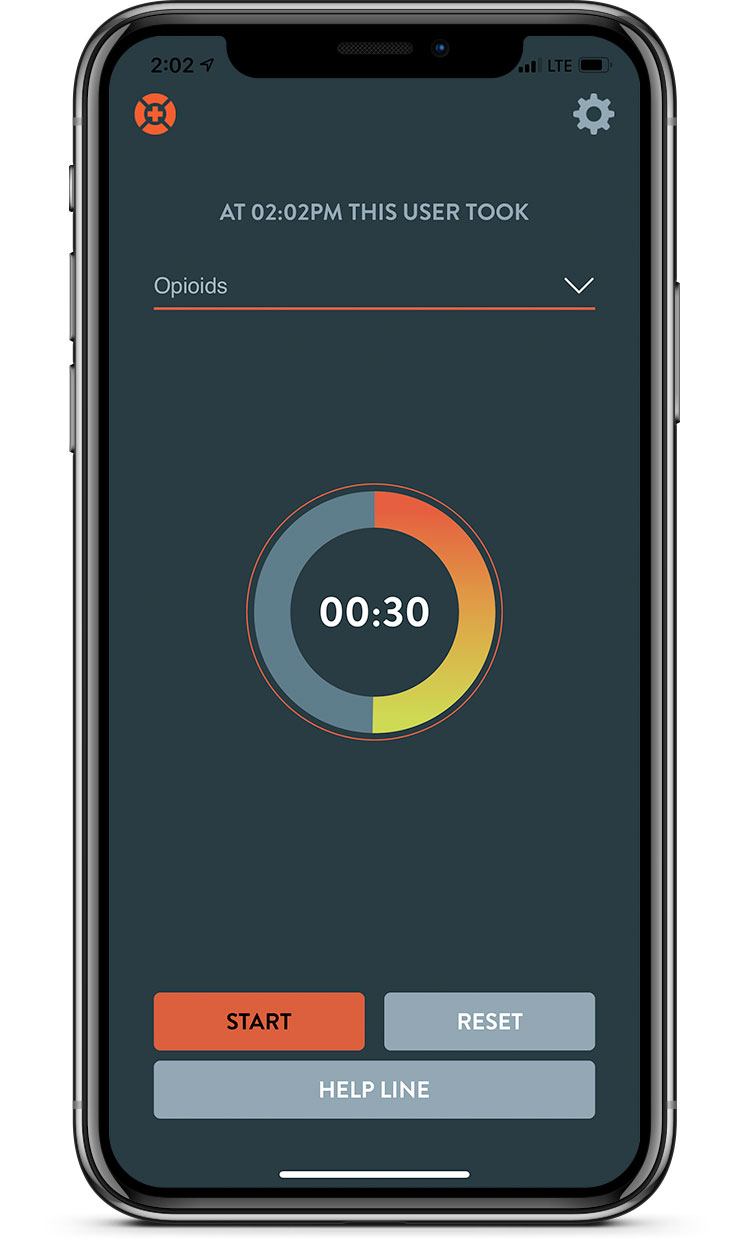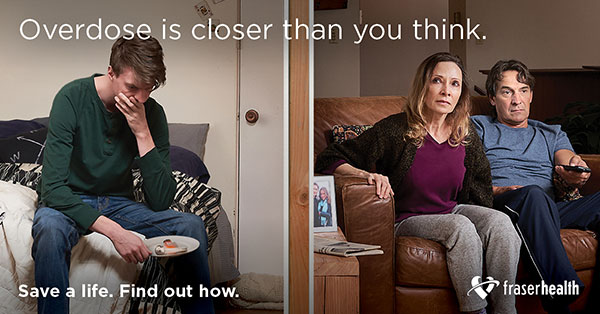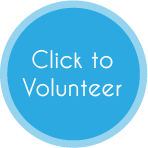Substance Use Services Blog Series: Preventing Overdose Deaths Part 2
June 25, 2020
This week we interrupted a three-post series addressing stigma to talk about overdose and how to prevent death by overdose. This is the second half of that two-part post. The previous post examines what an overdose is and the special legal protections offered to those who help out in a potential overdose situation. You can find it here. This post reviews:
- Strategies to prevent death and disability from overdose
- The Lifeguard app
- Naloxone kits
- Life saving breaths
- Other planning
- Engaging people you care about in overdose prevention planning
Strategies for preventing medical complications and death from overdose
1. The Lifeguard Smartphone App
For someone who is going to use drugs, the best way to avoid overdose death is to arrange to have someone sober nearby to check in on them for any overdose symptoms. However, due to COVID-19 social isolation restrictions, many people are resorting to using substances alone. To help address the increased isolation of people who use drugs during the pandemic, the Provincial Health Authority released a free app called ‘Lifeguard’ that can alert BC emergency services in case someone may be experiencing overdose. The following paragraph describes how the app works.
The Lifeguard app prompts a person using drugs to input what drug they are using and any specifics about their location (ex. what floor or unit number of a building they are in). After those questions are answered a one-minute timer appears. At the 50 second mark, the app begins to sound a quiet alarm. The alarm gets progressively louder until someone turns it off or uses the sleep function (which resets the alarm). If the alarm is left ringing for 75 seconds without being turned off or put on sleep-mode, a text-to-voice call is placed directly to 911, alerting emergency medical services of a potential overdose, and paramedics are dispatched to the user’s exact location.
There is also a video about the Lifeguard App here:
Feel free to download the app and check it out for yourself!
2. Narcan/Naloxone
An important strategy in preventing overdose death caused by opioids is having naloxone (often sold under the brand name Narcan) available and knowing how to use it. Although naloxone only works if the overdose is caused by opioid drugs, there is no danger in administering naloxone to someone who has not used opioids. Many overdoses occur because opioids were mixed into drugs and the person was not aware. Overdoses have also been caused because different types of drugs or drugs and alcohol were combined by someone who was not aware that the mix was dangerous (including prescribed opioids and alcohol)[1].
If someone appears to be overdosing, there is a chance that opioids were in the substances they took, even if it may not be apparent. Administering naloxone will not reverse an overdose that is caused by substances other than opioids, but it will not harm the person who receives it either.
If you are a person who uses substances or may be  around people who use substances, you can pick-up a free naloxone kit at Deltassist or at various pharmacies throughout Delta, Ladner, and Tsawwassen. For a complete list of BC locations where naloxone is available, check out the site-finder page on the Toward the Heart website. Towards the Heart is operated by the BC Centre of Disease Control and also has great general information on naloxone and the kits provided in BC. No prescription is required to obtain a naloxone kit, but the first time you pick-up one up (no matter where you pick it up) you will be required to be trained on how to use it. The training take about half an hour.
around people who use substances, you can pick-up a free naloxone kit at Deltassist or at various pharmacies throughout Delta, Ladner, and Tsawwassen. For a complete list of BC locations where naloxone is available, check out the site-finder page on the Toward the Heart website. Towards the Heart is operated by the BC Centre of Disease Control and also has great general information on naloxone and the kits provided in BC. No prescription is required to obtain a naloxone kit, but the first time you pick-up one up (no matter where you pick it up) you will be required to be trained on how to use it. The training take about half an hour.
3. Life saving breaths and face guards
During an opioid overdose, the bodies’ automatic systems are slowed, and the brain is prevented from receiving enough oxygen to fully function. Even if the person is breathing some on their own, they may not be breathing enough to prevent brain damage.
 If someone has stopped or slowed breath, giving them an additional 1 breath every 5 seconds can keep them alive and prevent irreversible brain damage while waiting for paramedics to arrive.
If someone has stopped or slowed breath, giving them an additional 1 breath every 5 seconds can keep them alive and prevent irreversible brain damage while waiting for paramedics to arrive.
The naloxone kits provided in BC include a face guard/breathing mask for this purpose. Breathing masks that are provided in first aid kits for administering CPR can also be used for these life saving breaths.
Having a face guard/breathing mask on hand and being trained in CPR can be critical in a number of other overdose situations (whether opioids are involved or not). For example, stimulant overdoses cause the body to speed up, which can lead to heart attacks, strokes, and/or going into cardiac arrest. Know the signs of heart attack and stroke and call emergency services immediately if these symptoms occur.
4. Other planning that can be done to reduce the risks of overdose:
From 2019-2018 Fraser Health posted several blogs with suggestions on how to decrease risks associated with overdose when using substances in a variety of situations, such as: at summer festivals[2], on new years eve[3], and on Halloween[4]. Some of the suggestions are:
- Tell someone you are going to use, make sure the person has access to a charged phone, use the substances where they can see you, and/or leave your doors unlocked so they can check on you
- Make sure you and those around you are familiar with the specifics of opioid and stimulant overdose symptoms so that emergency services may be called before the person who has used becomes unconscious
- Become trained in first aid and CPR
- If the person you are with also plans to use, stagger your usage so that you are affected at different times and one person would be able to call emergency for help in case of an overdose
- Carry naloxone and a breathing mask, know how and when to use them, ensure the people around you know how and when to use them as well
- If you do use alone, use the Lifeguard App described above
- Know your tolerance. Use less of a drug than before if you are also taking certain prescription medications and/or you are using after a period of time of non-use.
- Don’t mix drugs, including mixing drugs and alcohol. If you do, use the drugs first.
- Have drugs tested to determine all their ingredients at a Fraser Health Drug testing site (the North Delta Public Health Unit in Delta, other sites listed here).
- Do testers (an initial small sample of the substance), go slow. Take time to feel the effects of what you consume before adding more.
Engaging people you care about in conversations about overdose prevention:
If someone in your life is using substances and you are wondering how to engage them in a conversation about overdose prevention, Fraser Health has made a useful pamphlet, “When Words Matter,” that offers some guidance. A few of the points mentioned are:
- Choose a time and place to start the conversation when the person is comfortable, not feeling tired, hungry, or rushed.
- If you want to be part of their plan to prevent fatal overdose, you will have to put aside any resentments, judgments or negative thoughts (i.e. stigma) about using substances. The pamphlet suggests that one way to help put these conflictual thoughts and feelings aside is to write them down and seal them away in an envelope before you start the conversation.
- Be sure that some of your conversations with this person are also about non-substance related topics. This will help you build your relationship and let them know that you care about them beyond their substance use.
Check-out the pamphlet here or the webpage here for more ideas to help with having this difficult conversation. Don’t be discouraged if your first attempt to speak with the person does not go anywhere. Listen to the feedback they give you and try again later. It may be very painful to have this conversation be rejected, Deltassist Substance Use counsellors are also available to speak to with those who are affected by the substance use of loved ones. Please call (604) 594-3455 ext. 108.
[1]There is an informative Ted Talk about the dangers of mixing drugs here: https://www.ted.com/talks/celine_valery_the_dangers_of_mixing_drugs?language=en
[2] https://www.fraserhealth.ca/news/2019/Jul/6-tips-to-safely-enjoy-summer-festivals#.XuwPVmhKjIU
[3] https://www.fraserhealth.ca/news/2019/Dec/party-safely-this-new-years-eve#.Xuz7EmhKjIU
[4] https://www.fraserhealth.ca/news/2018/Oct/take-precautions-to-stay-safe-during-halloween#.Xuz7cmhKjIU









